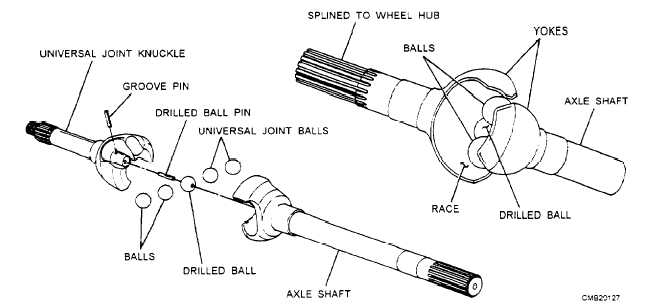
Figure 5-8. - Rzeppa constant velocity (CV) joint.
degrees, the cage and balls move 10 degrees. As a result. the balls of the Rzeppa joint are positioned, from the top view, to bisect the angle formed.
Bendix-Weiss Constant Velocity (CV) Joint
The Bendix-Weiss constant velocity (CV) joint also uses balls that furnish points of driving contact, but its construction differs from that of the Rzeppa in that the balls are a tight fit between two halves of the coupling and that no cage is used (fig. 5-9). The center ball rotates on a pin inserted in the outer race and serves as a locking medium for the four other balls.
The driving contact remains on the plane that bisects the angle between the two shafts; however, it is the rolling friction between the four balls and the

Figure 5-9. - Bendix-Weiss constant velocity (CV) joint.
Continue Reading